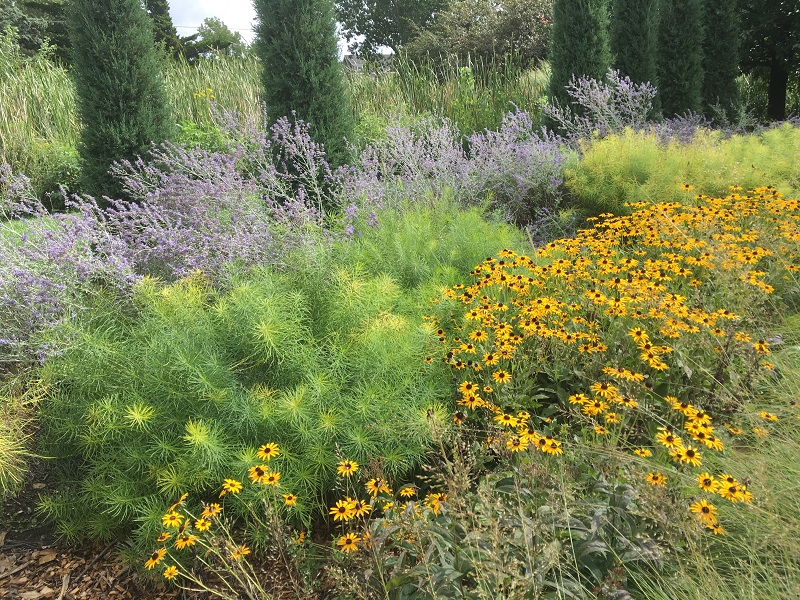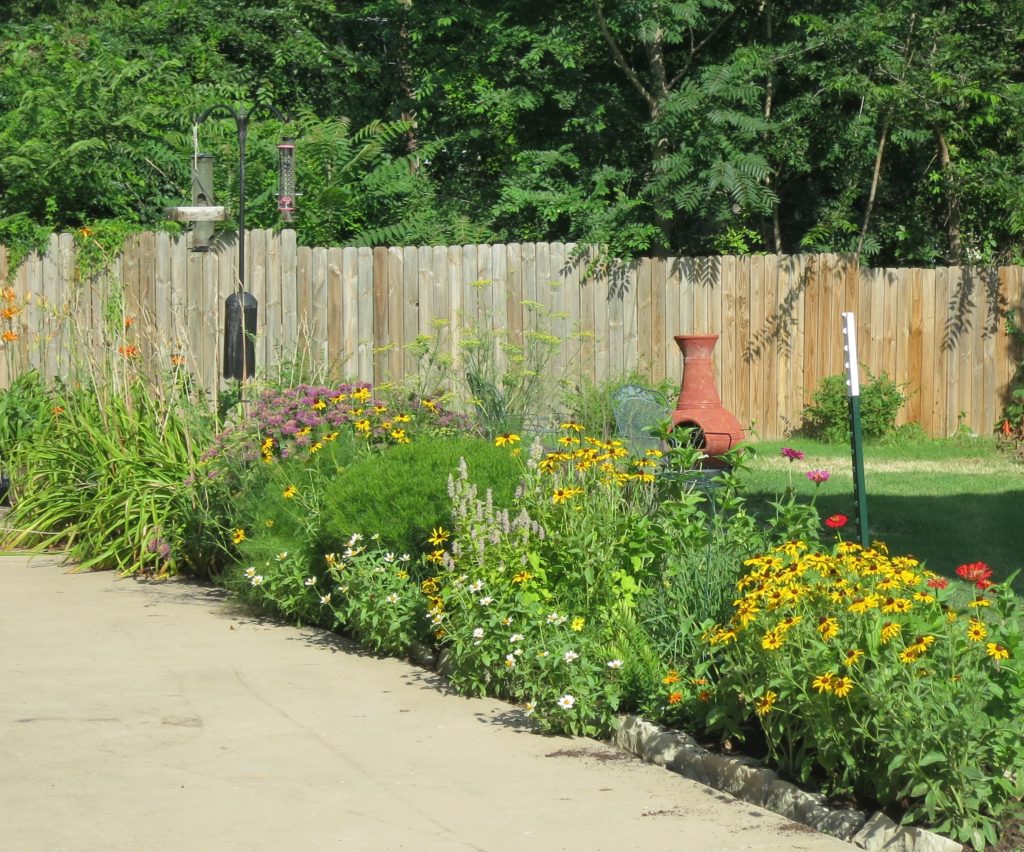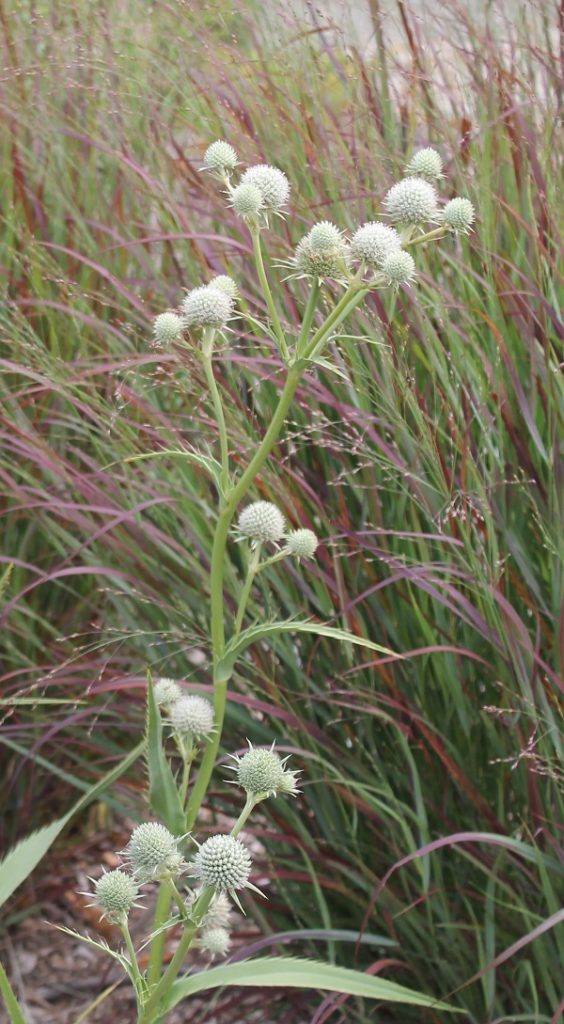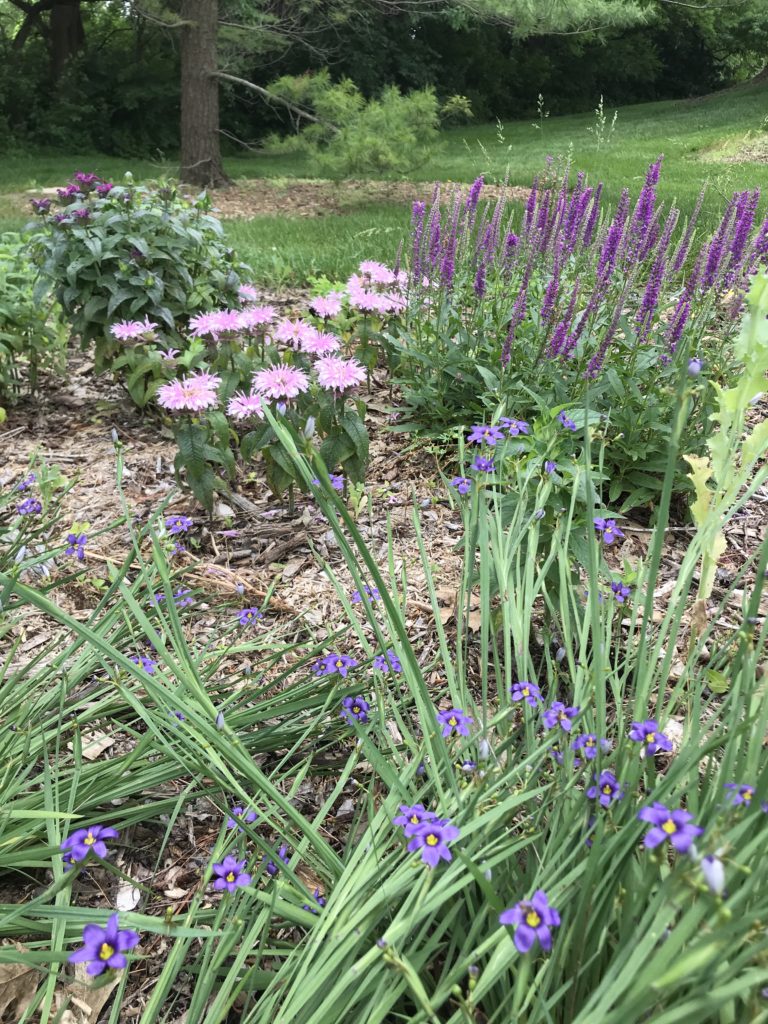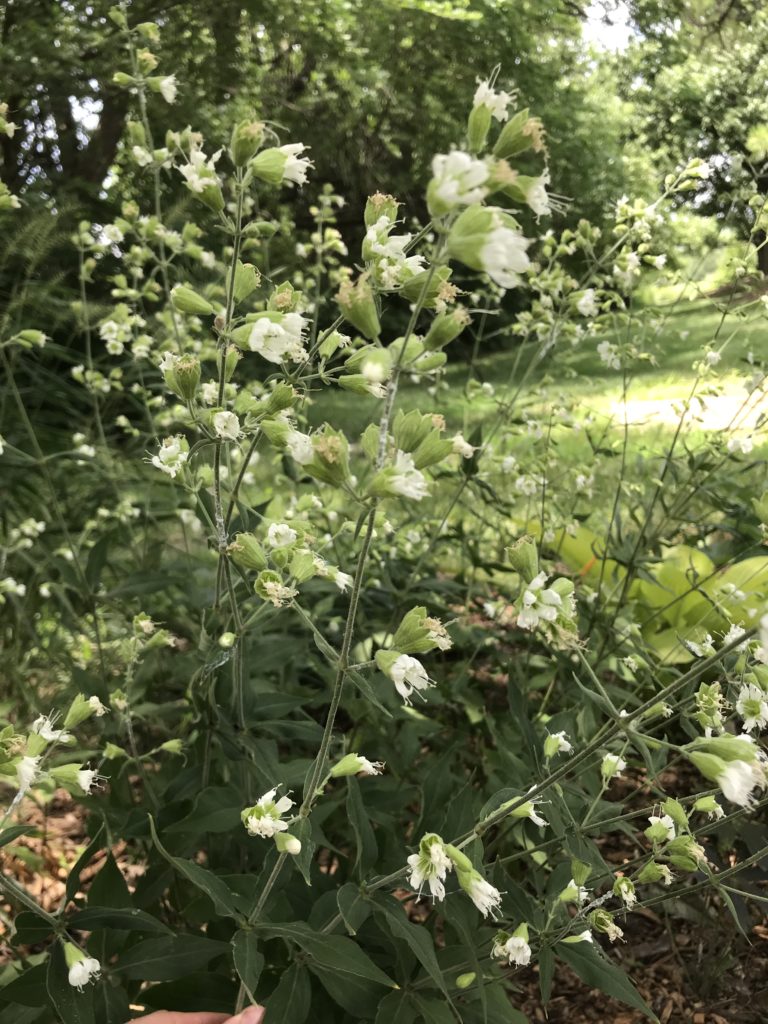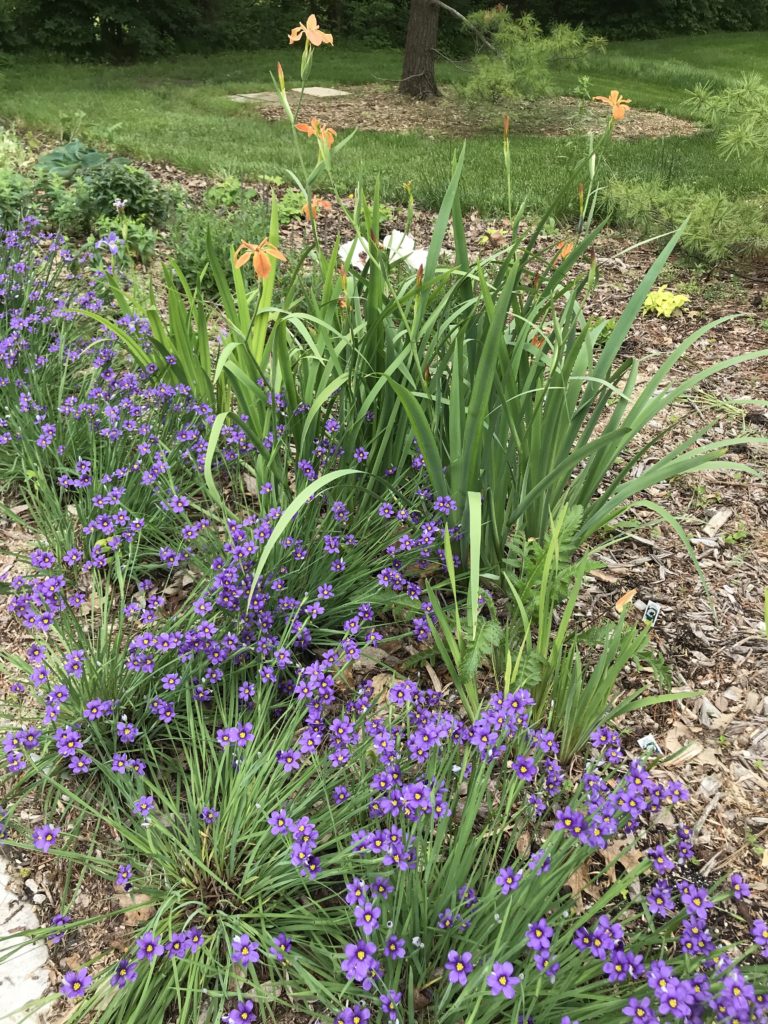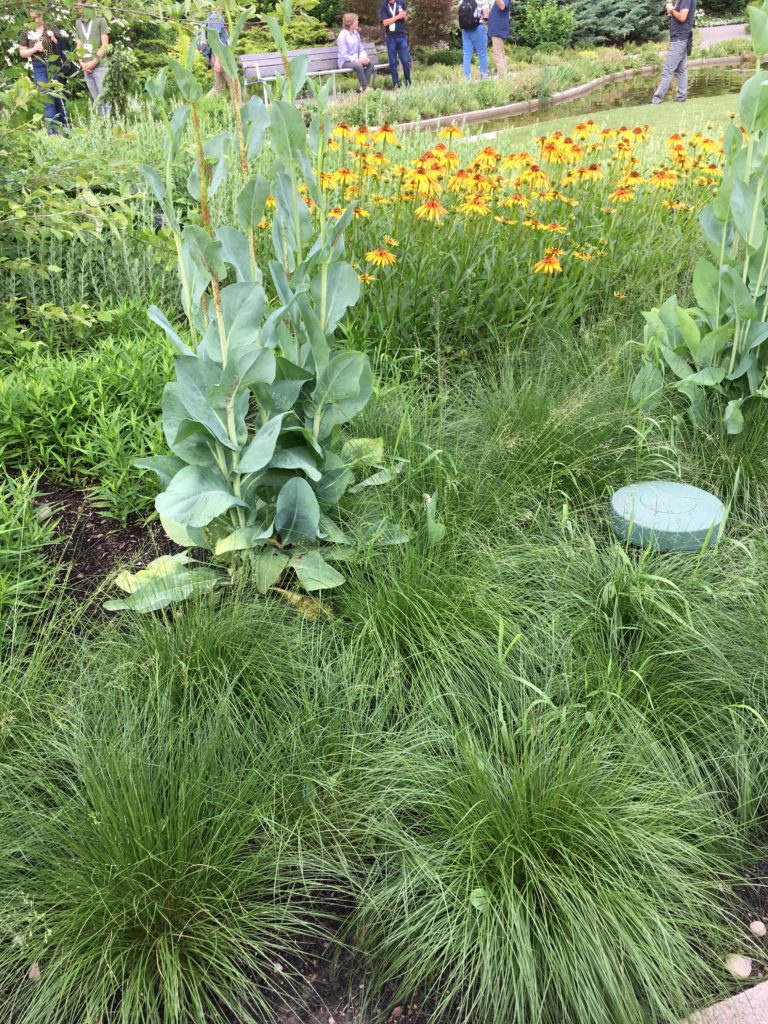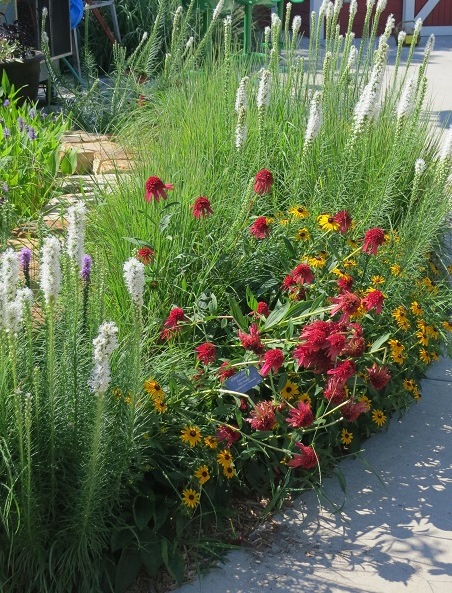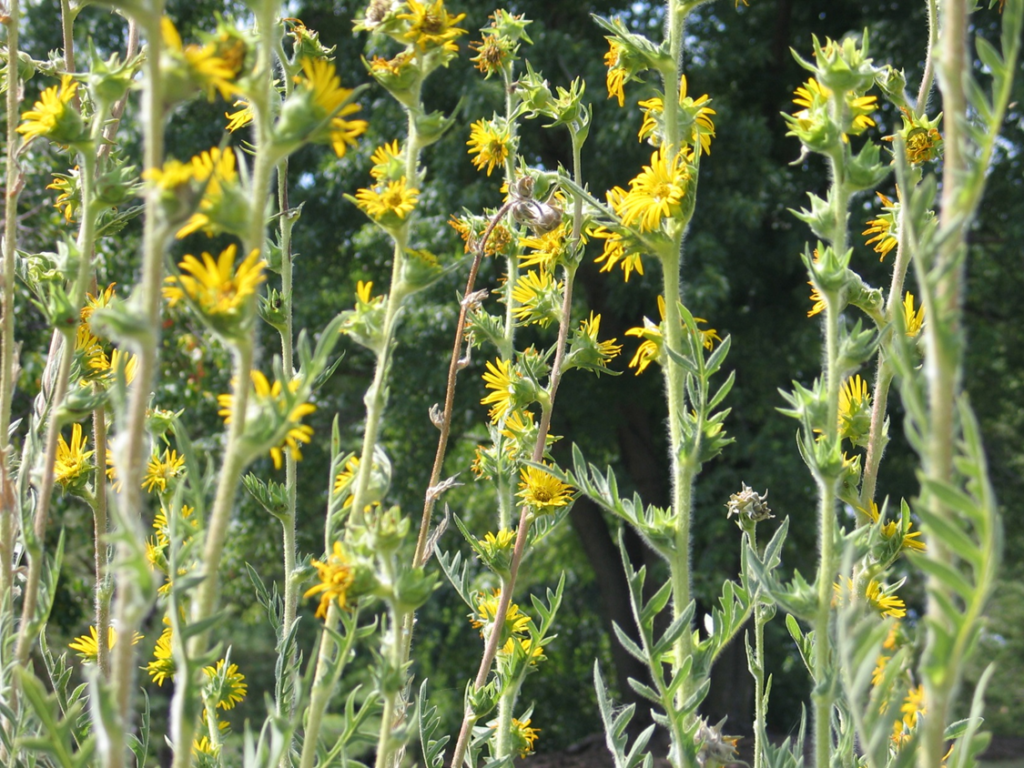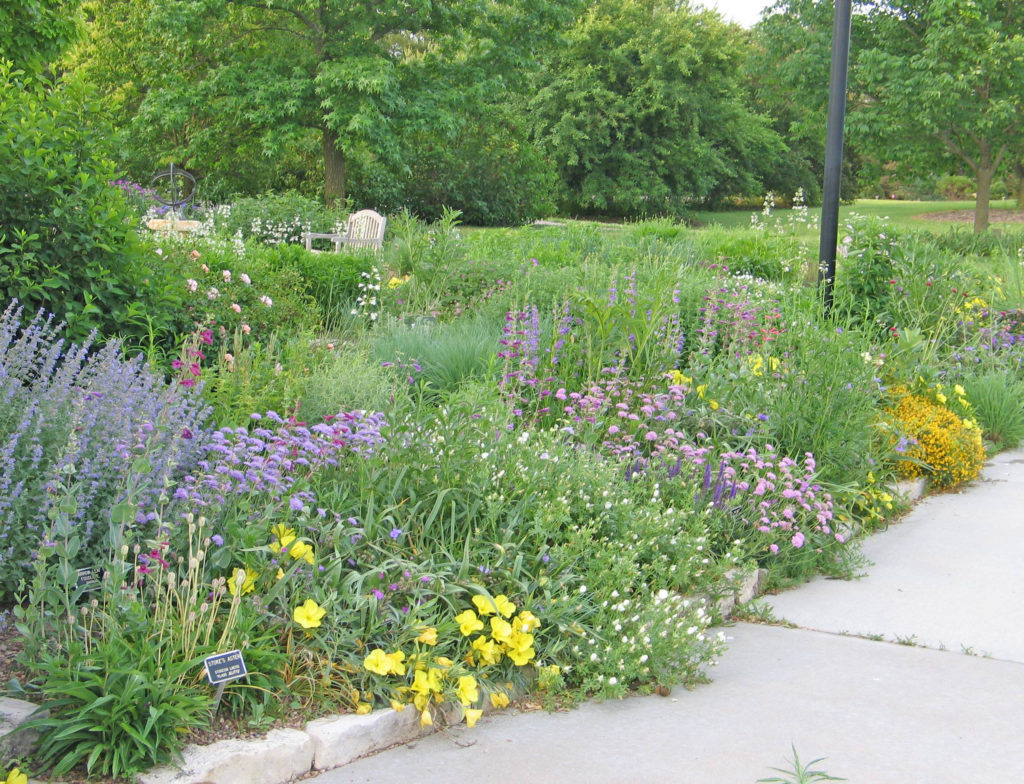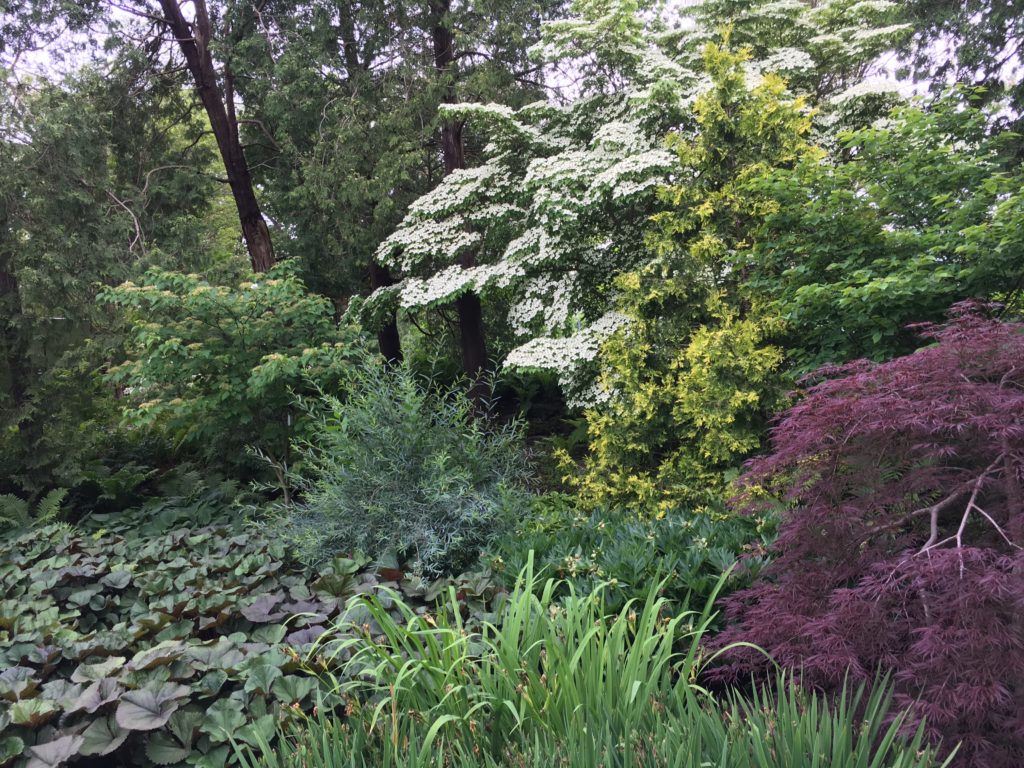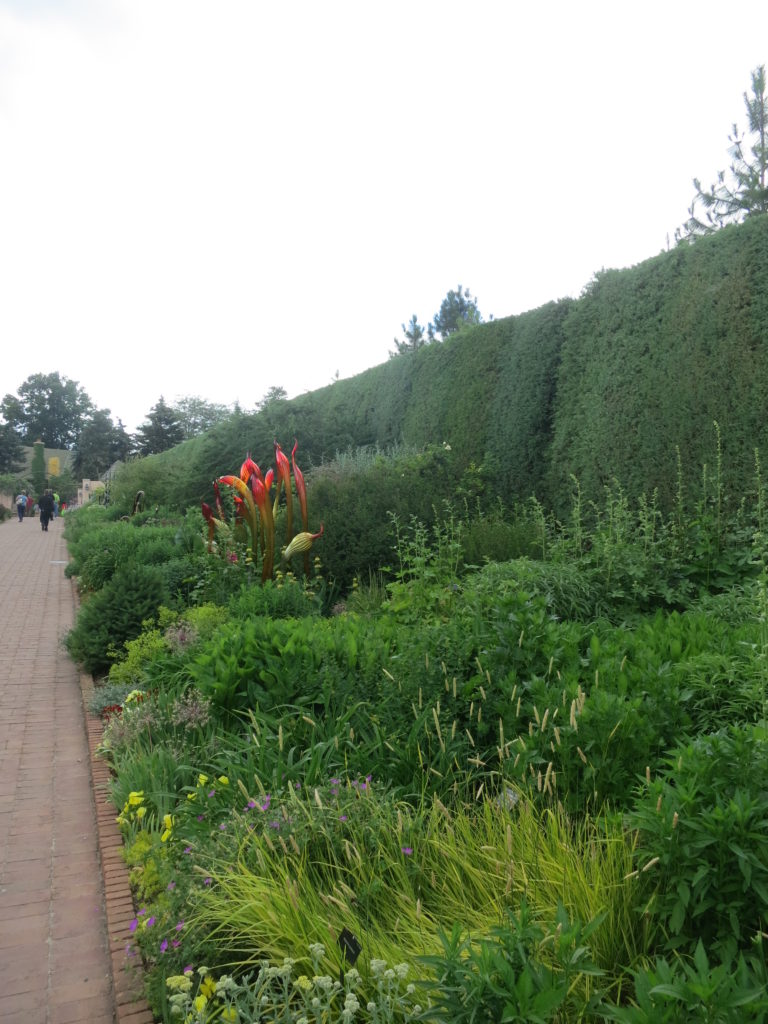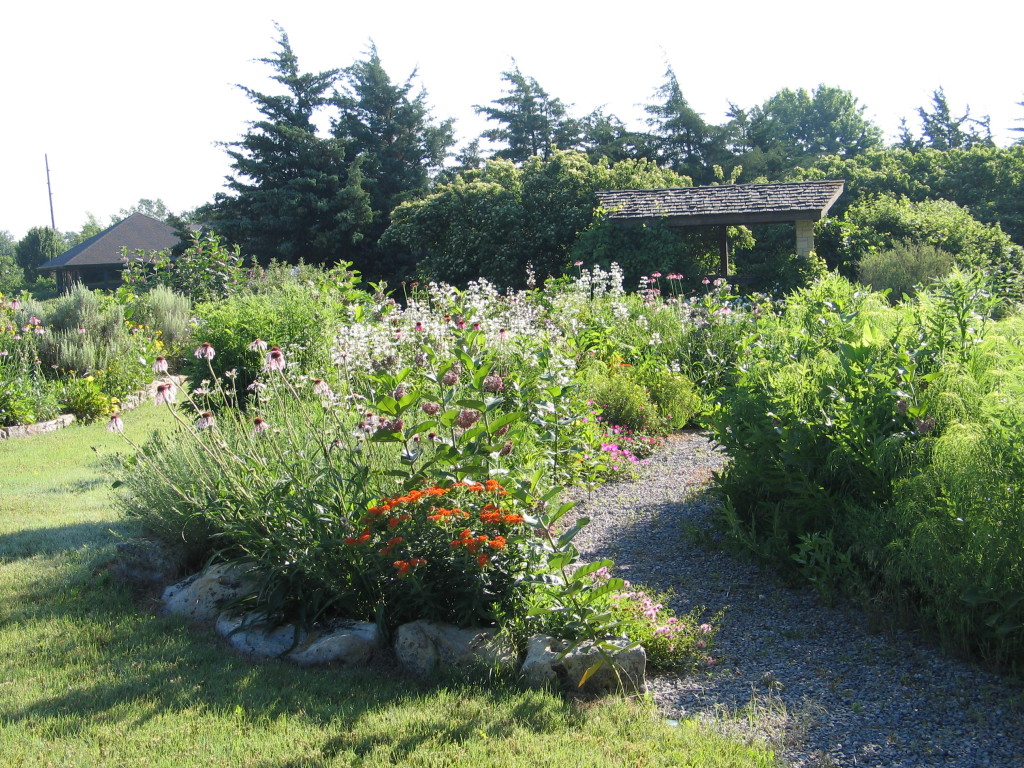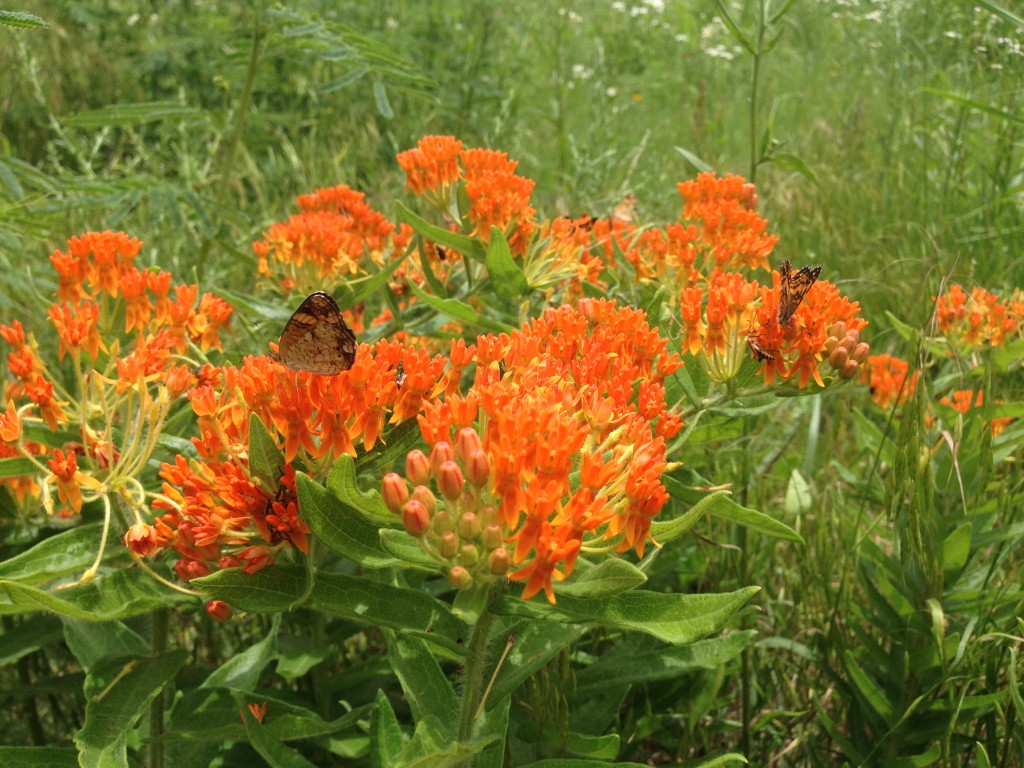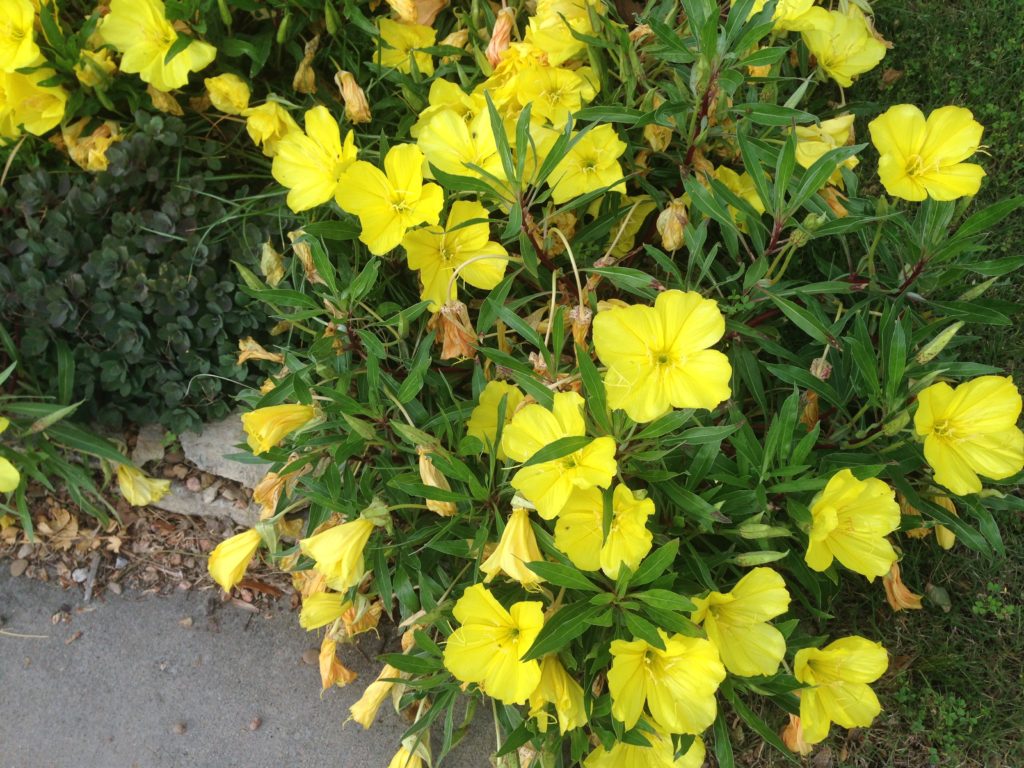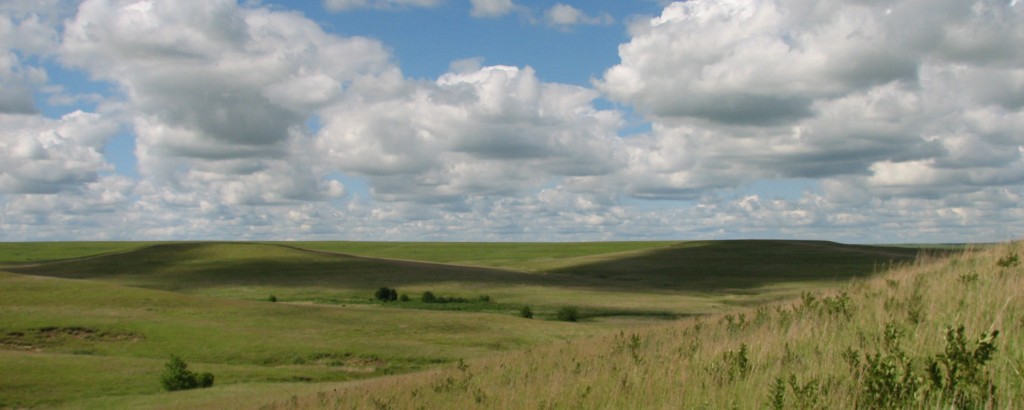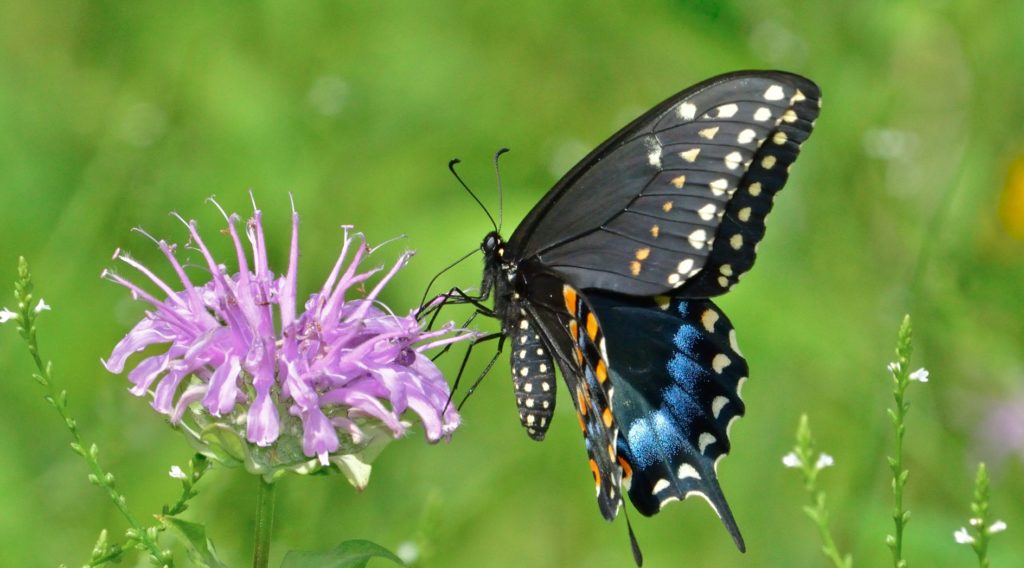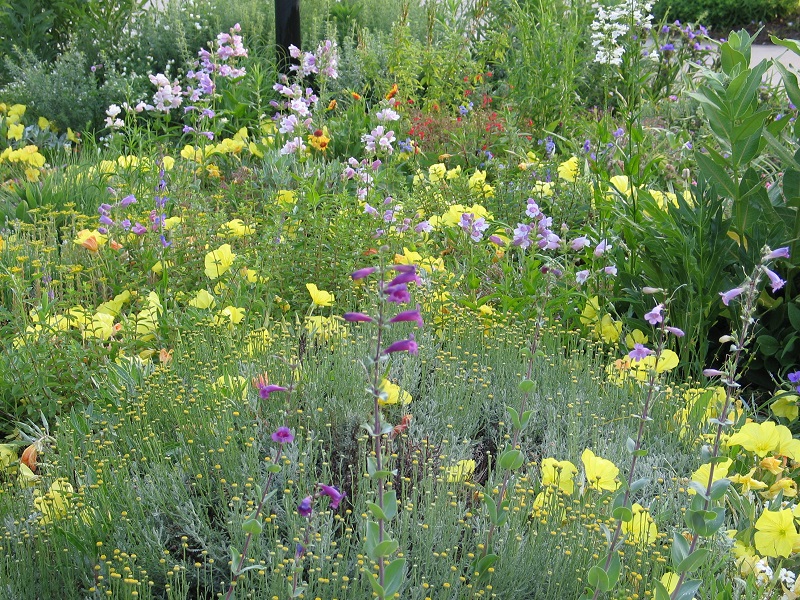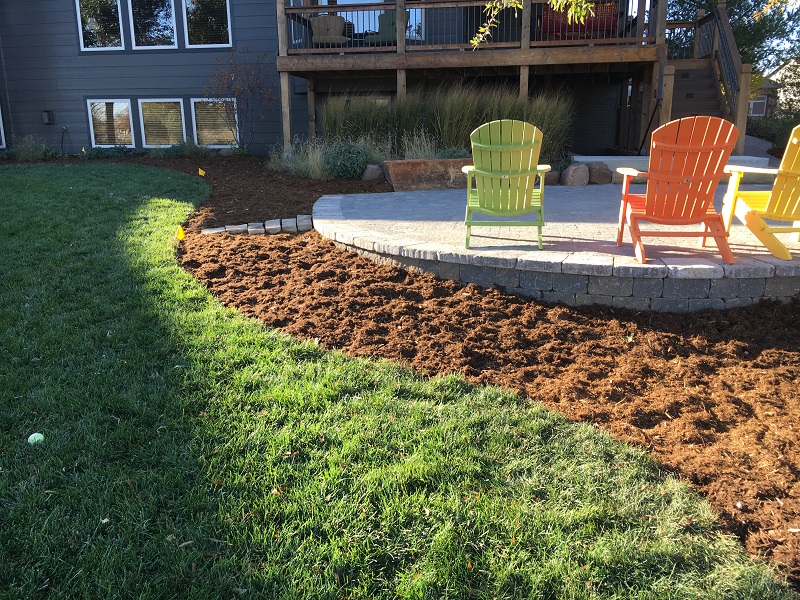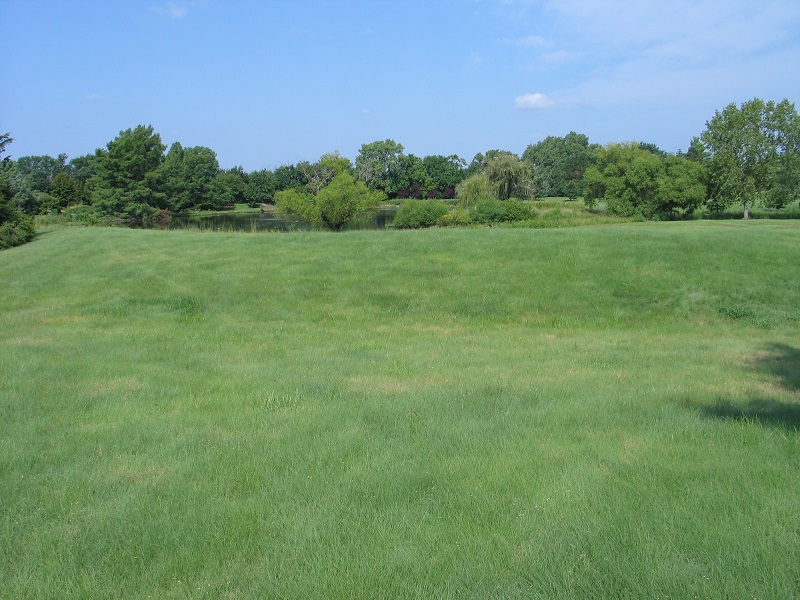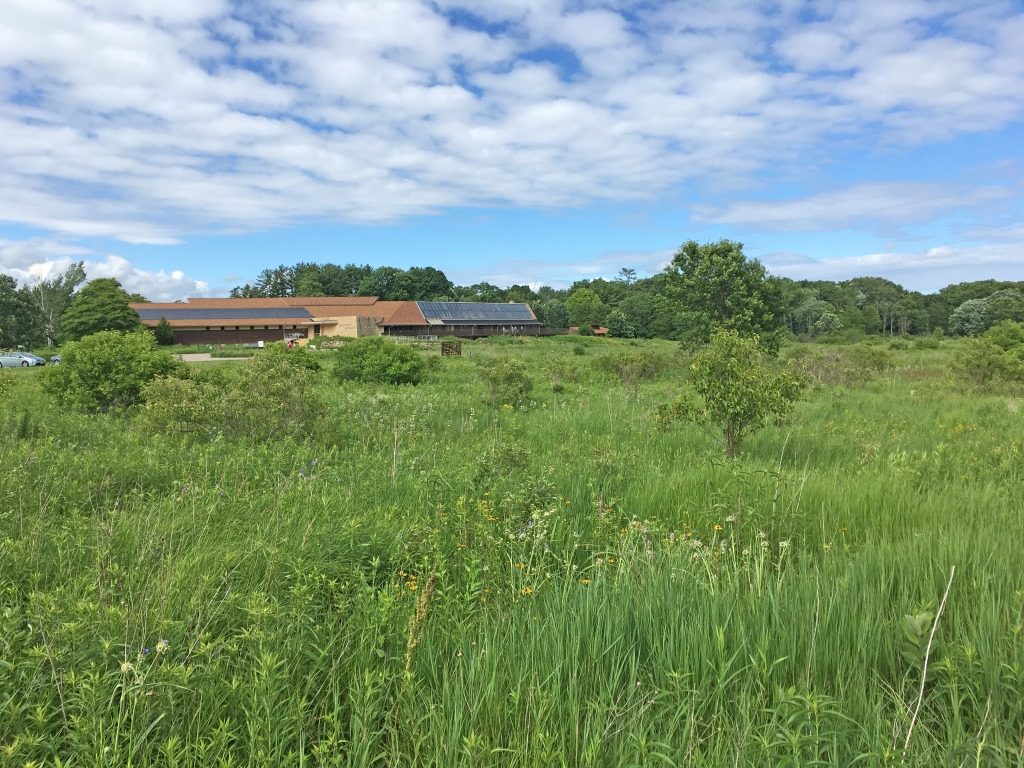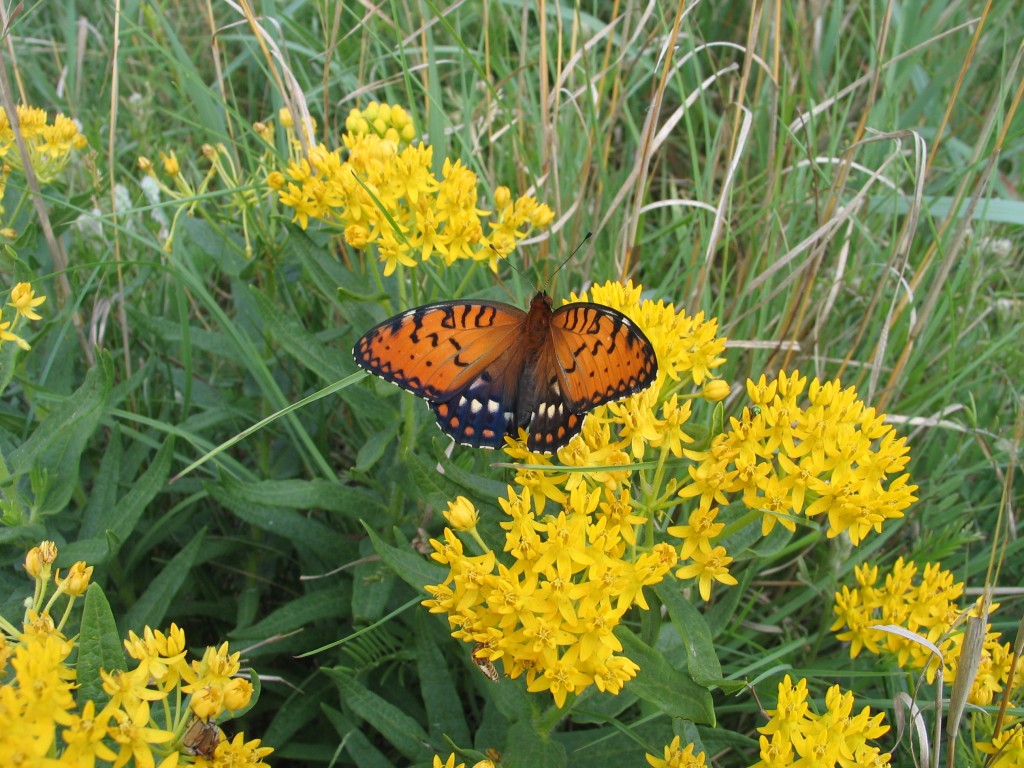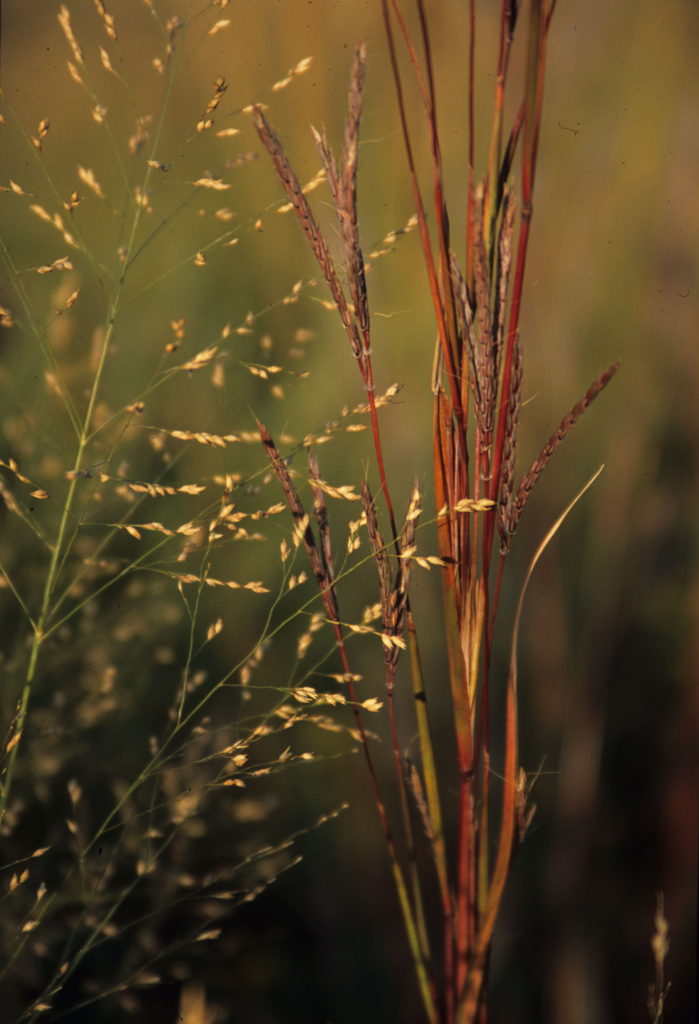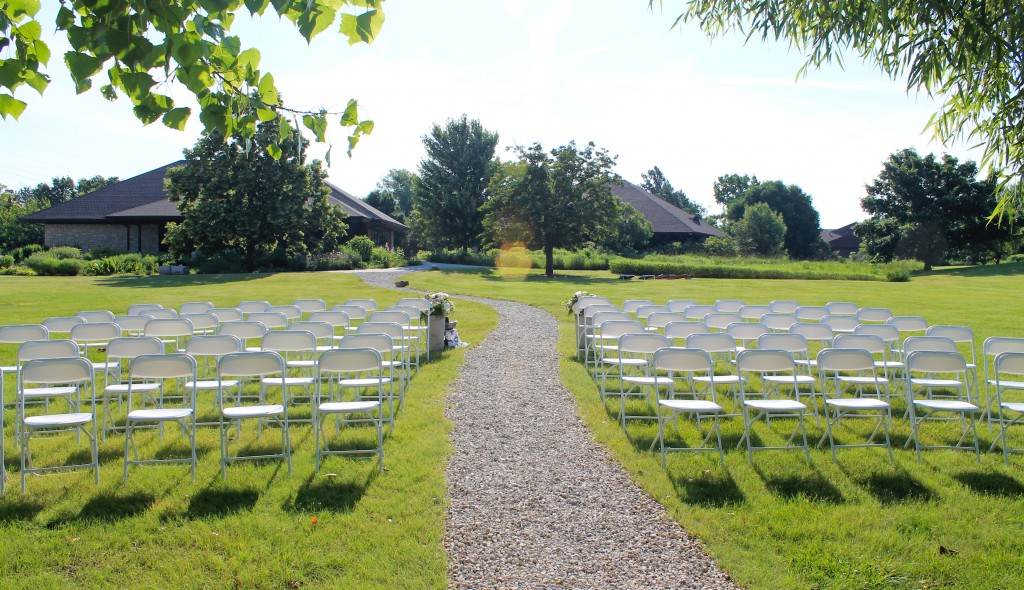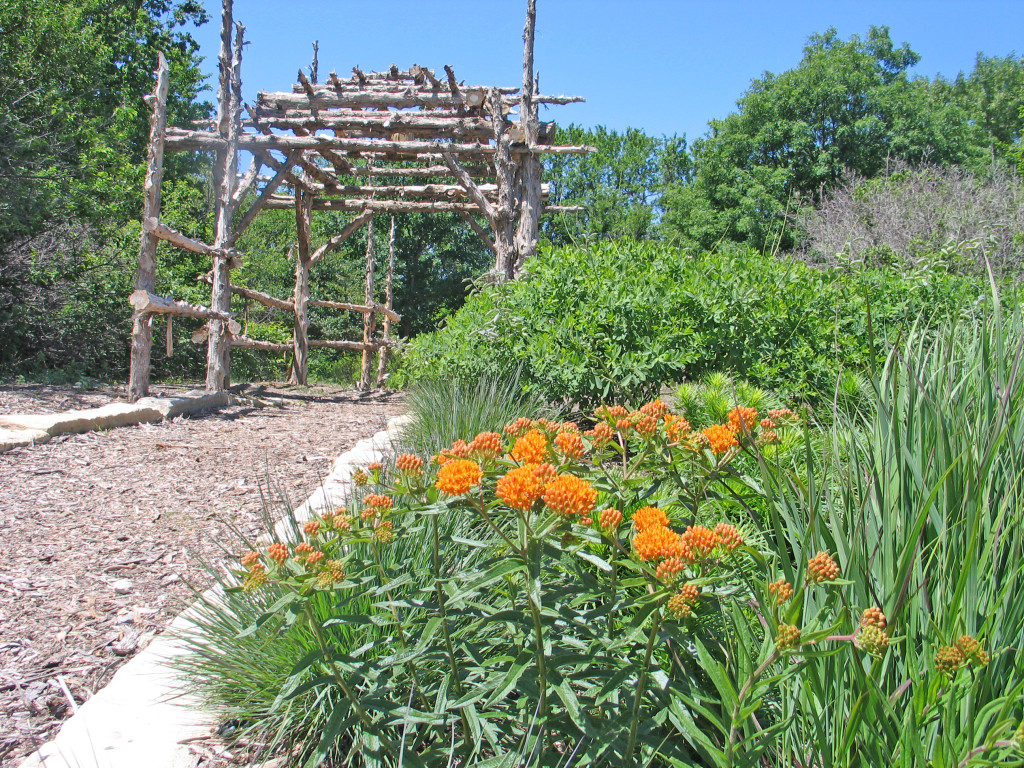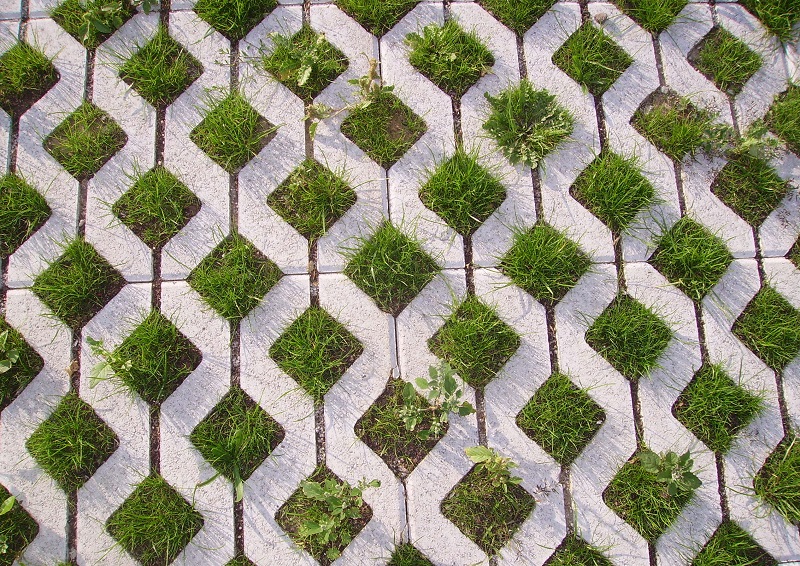Posted on August 8, 2019 by Scott Vogt
(Originally published on March 29, 2017)
Something interesting is happening to our front yards. They are slowly shrinking. The typical large expanse of green lawn is being replaced with low-maintenance, drought tolerant shrubs, perennials and grasses. Homeowners are realizing that this alternative to a mowed lawn has its advantages. Certainly, this new paradigm will require less water over time, but it can be functional and beautiful as well. The potential environmental impacts of making this change can be significant.
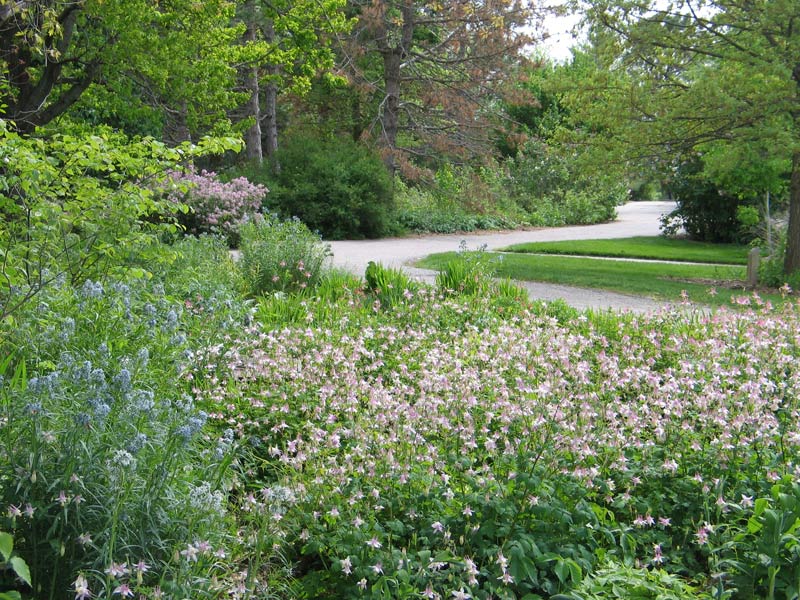
Lawn grasses such as fescue and bluegrass require more mowing and watering than native landscapes. Here are some facts about lawns and their impact on the environment:
- There are some 80 million home lawns across the country
- 30-60 percent of urban fresh water is used for watering lawns
- The typical American lawn uses 10,000 gallons of supplemental water (non-rainwater) annually
- Nearly 70 million pounds of pesticides are used on U.S. lawns each year
- Approximately $25 billion is spent on lawn care each year in the U.S.
If you are tired of the traditional front yard and wish to reduce your lawn, a simple landscape design focused on native plants can make a real difference. With their deep roots, native plants can adapt to the regional climate and ecological conditions, while also addiing diversity, reducing maintenance and attracting a host of wildlife and pollinators. Use these simple steps as a guide to develop a native front yard.
Step 1: Plan your design, start small
I prefer to lay out a garden hose to get the curves and flow that I want. It is a great way to “fiddle” with the design before tearing anything up. Start small by removing a section of lawn that you can manage. You can convert other areas over the next few years.
Step 2: Investigate plant types
Think about the type of plants that will grow in your area. I group shrubs, perennials and grasses to add impact in the landscape. Strategically locating small trees such as redbuds and disease resistant crabapples will give height and take up space in the design. Are there some evergreen trees and shrubs that will give some splashes of green especially in winter?
Investigate the types of plants you wish to include in your yard. Plan your garden for a succession of bloom to guarantee there are always a few plants flowering throughout the year. These native plants provide nectar and pollen for beneficial insects. A few plants such as milkweed can provide food for larvae and fruits and seeds will feed the birds. A monoculture of lawn can be transformed into a landscape alive with diversity and activity.

Step 3: Find your plants
Find the plants you need for your design by checking with local nurseries, or you can use our Native Plant Guide 2019. Steal ideas from nature or visit the Arboretum to gather ideas of combinations and groupings that grow well together. Then purchase the plants you want at our sale in April or September and get them in the ground.
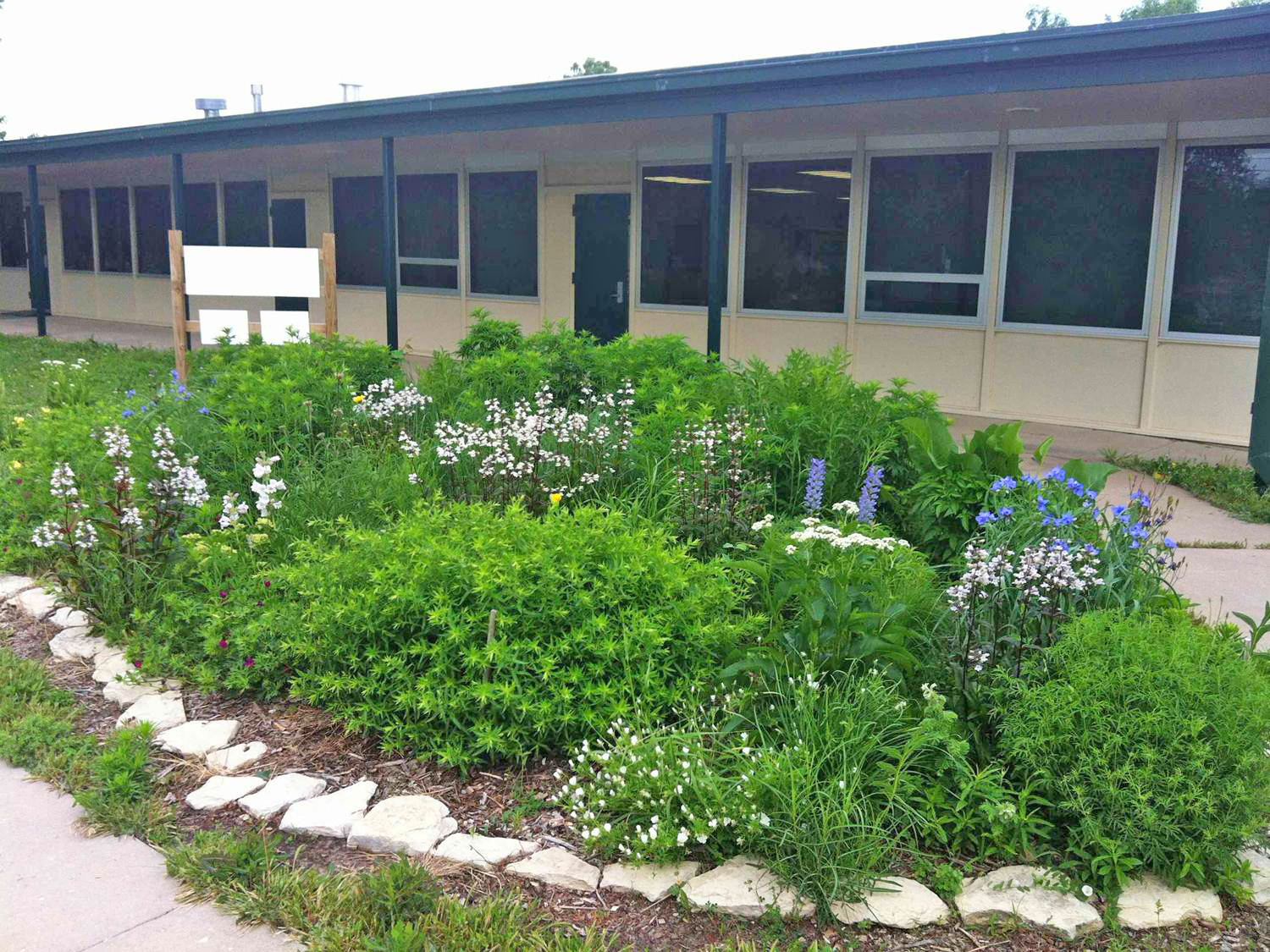
It will be great to see your front yard transformed into an oasis for pollinators and birds. You will be able to look out your front window at a diverse and functional landscape that has a positive impact on the environment. It will be a landscape that fuels pollinators and supports all sorts of birds and other wildlife. It will be a landscape that is part of the solution rather than part of the problem.
I believe lawns will always have a place in our landscapes, but maybe just a smaller place than in the past.* It is not a bad thing to replace some of our lawn areas with beautiful and attractive trees, shrubs and other perennials. Just think about the possibilities.
*If you like a larger expanse of lawn, but wish to consider drought-tolerant alternatives, consider buffalograss as an option.


